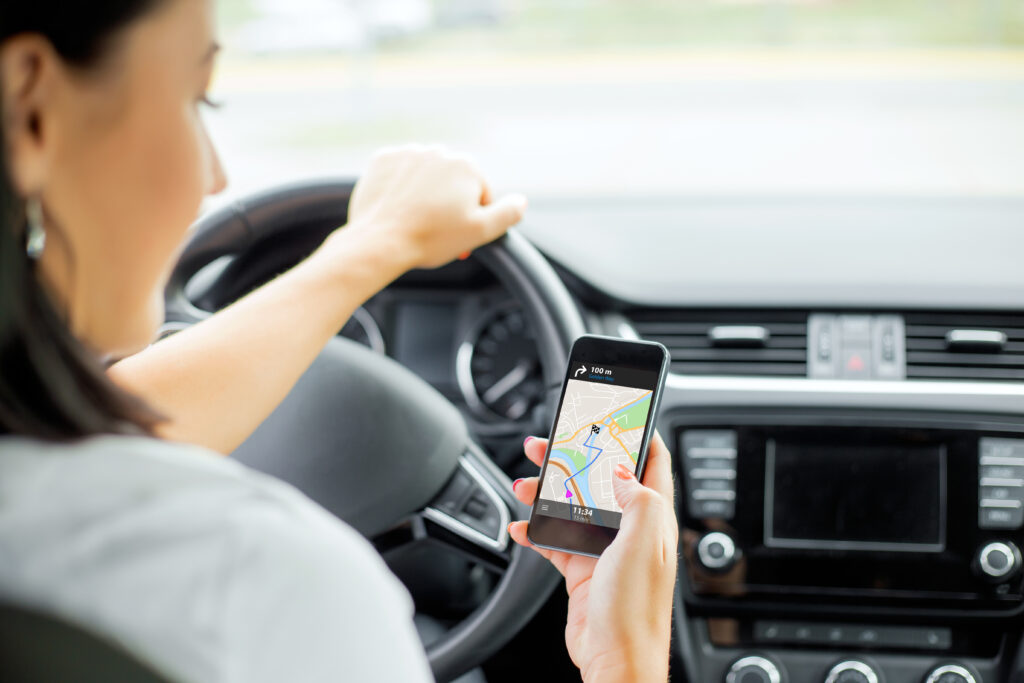If you buy a new car and crash it on the way home, you could owe more to your bank than it’s worth. You know what they say about how a vehicle loses a bunch of value when it drives off the lot? Well, it’s true. To help policyholders avoid this situation, insurers offer guaranteed asset protection or Gap coverage.
In this article:
- Guaranteed asset protection basics
- How it works
- When to buy it
- How much it costs
- Who offers Gap coverage
- How much it costs
- Frequently asked questions
Guaranteed Asset Protection (Gap) Basics
Guaranteed asset protection covers the difference between what you owe on your vehicle and its actual cash value (ACV). This is the price your car would sell at if you put it on the market.
Your car’s market value can be far less than what you owe. That’s because they depreciate the moment you drive them off the lot. It’ll continue to lose value every day. If your vehicle is stolen or totaled before you pay off your loan, your insurer will only pay out its actual cash value. You could still owe the bank thousands of dollars. Without auto insurance, that money comes straight out of your pocket.
An important part of guaranteed asset protection is that it works together with collision and comprehensive coverage. Drivers must have both to qualify for gap. When financing, lenders require you to fully insure the car anyway. Otherwise, you’d have to buy them first before looking into gap insurance.
How Gap Insurance Works
The main goal of gap insurance is to cover the remainder of your loan if your car gets totaled or stolen. If you lease or finance a vehicle and get into an accident, you will need to bridge the, shall we say gap, between the market value and what you owe. Without gap, this money comes straight out of your pocket. Gap pays that difference, so you don’t have to.
This is especially useful if you have an expensive car (more on that later) or have only put a small deposit down. In early ownership of a vehicle, there will be a huge difference between the loan amount and market value.
What It Covers
Guaranteed asset protection only works if a car is declared a total loss or if someone steals it. Accidents and natural disasters are what’ll total your vehicle. Here are some common examples of what Gap covers:
- Theft
- Vandalism
- Accidents
- Hail
- Tornadoes
- Hurricanes
- Floods
- Fire damages
Collision and comprehensive will cover up to the market value of the vehicle in these events. If your loan exceeds the market value, gap steps in and pays the remainder.
What It Doesn’t Cover
A common point of confusion is that gap insurance kicks in for any damage to a car. This is not true, as it needs to be a total loss or stolen. Here are a few instances where it doesn’t apply:
- Damage
- Repairs
- Deductibles or other expenses
Generally, gap coverage only applies to stolen cars or those that your insurer declares a total loss. Comprehensive and collision will cover any damages.
Guaranteed asset protection won’t pay your stolen vehicle claim if the police recover it, nor will gap pay for any damage to your car if someone steals it. Comprehensive covers these repairs if you need them.
When to Buy Gap Coverage
Guaranteed asset protection can be helpful and possibly even a requirement. It’s only available when you’re taking out a car loan or leasing a vehicle. Your lender may require it to protect their financial interests.
Who Needs It
While gap insurance isn’t a state requirement, some people could use it more than others. You definitely need it if you fit into any of these examples:
- You’re leasing a vehicle and it’s part of the contract
- If the loan is for five years or more
- The down payment is less than 20%
- The market value is depreciating quickly
- You plan on putting a lot of mileage on the car each year
- Buying a brand-new car
Who Doesn’t Need It
Gap insurance is for those taking out auto loans, especially with very little down. But it’s not for everyone. Here are some examples of situations when you don’t need guaranteed asset protection:
- You’ve paid off most of the loan and now owe less than the market value
- You paid cash
- If your car gets totaled, you can afford to take the financial hit
- You drive a beater or low-value vehicle
How Much Guaranteed Asset Protection Costs
Gap only adds about $20-40 a year to your policy. This is way too cheap to pass up if you have a loan. Even so, prices do vary by company depending on several rate factors, including:
- Age
- Driving record
- Where you live
- Claim history
Insurers That Offer Gap Coverage
Most, but not all, auto insurance companies have some form of guaranteed asset protection. Lenders appreciate how it protects them and consumers. Car dealerships love gap because it reduces risk and helps lock down sales. Ask your provider if it has an equivalent if you don’t see gap listed with its other coverages. Just about every insurer offers a product with protections similar to those of gap.
Below is a partial list of providers with a guaranteed asset protection insurance product:
Frequently Asked Questions
Is guaranteed asset protection worth it?
Yes, gap’s worth it for a couple of reasons. One situation where it’s worth it is when you owe more on a vehicle than it’s worth. If you total a car in this case, it protects you from paying what your collision/comprehensive coverage won’t.
It’s useful if you owe a lot on your current vehicle or the market value of your car is lower than the amount of your loan.
Does gap coverage pay off my loan?
Yes, it’ll pay off your loan. Your collision or comprehensive insurance (depending on how your car got totaled) will only cover the market value or ACV. Guaranteed asset protection pays off the rest of your loan if it exceeds the value of your vehicle.
Will gap coverage pay for any totaled car?
Gap won’t pay for any vehicle that’s totaled. It’s meant to cover the difference between the market value and what you still owe on the loan. Only a small subset of car owners need guaranteed asset protection:
- If you’re leasing
- If you’re financing or have put very little down
People who own their car outright have no reason to buy guaranteed asset protection, as there is no loan.
How do I know if I have gap insurance?
In this case, it’s best to check with your agent, company, or dealership. You may have already bought it when buying or leasing your car.
Insurers may typically give you the option to buy loan/lease insurance, a form of guaranteed asset protection. It’s usually a bit cheaper, but it only covers a certain percentage of your car’s market value. We recommend checking with your agent so that you can find the best coverage for your situation.
Should I get Gap coverage at the dealership?
There are several ways to add gap to your policy. When you’re financing or leasing a vehicle, the dealer may try to sell it to you. However, think twice before accepting. Dealerships usually charge more than insurers. In most cases, you’re better off talking to your agent.


